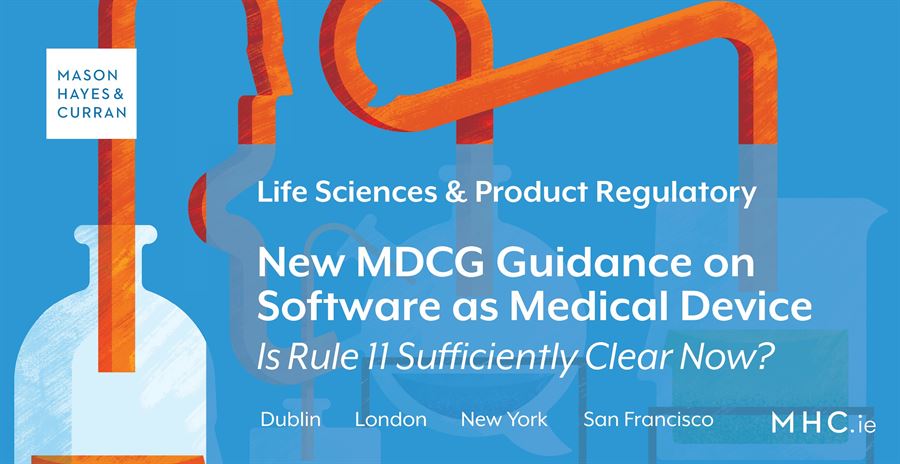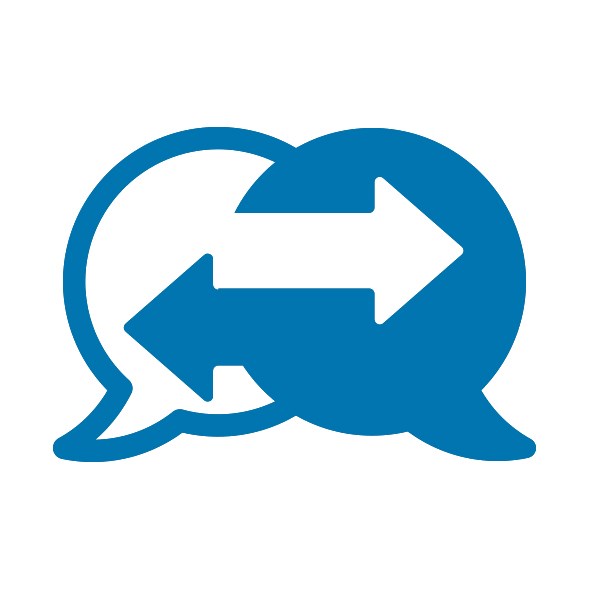
The implementation of the Medical Devices Regulation (MDR) and the In Vitro Diagnostics Regulation (IVDR) has been subject to some criticism. There has been commentary from some, that the EU acted with haste in requiring companies to recertify devices in accordance with these regulations in advance of the May 2020 deadline. The regulations were introduced amidst a flurry of controversy surrounding defective medical devices following the advent of the metal on metal hip litigation and the PIP breast implant litigation.
The changes in classification under the MDR have particular implications for Medical Device Software (MDSW) with many existing Class 1 devices now migrating to a higher class under the MDR. The consequence of this they are now subject to a conformity assessment by a Notified Body, where previously they could have been, in most circumstances, self-certified. In an attempt to assist with classification of MDSW, the Medical Devices Co-Ordination Group released some important guidance on MDSW (the Guidance).
MDR – Rule 11 & MDCG Guidance
Rule 11 of the MDR addresses the classification of MDSW. Rule 11 has been criticised as being overly complex, meaning that there will be hardly any stand-alone software left being classified as class I. For example, household items such as thermometers may be classified under class IIa. It has implications for software and apps which may not previously have been categorised as medical devices. The majority of MDSWs now fall under what is known as category IIa at a minimum, with more complex MDSWs, such as devices relying on artificial intelligence, falling into increasingly more stringent regulatory regimes.
The Guidance clarifies that Rule 11 was “introduced to mirror the regulatory guidance developed at international level and notably in the context of the International Medical Device Regulators Forum (“IMDRF”).” The IMDRF categorises the “risk of software based on the combination of the significance of information provided by the software to the healthcare decision and the healthcare situation or patient condition.”
 The Guidance breaks the text of Rule 11 into three sub-rules that are applied depending on the intended use/purpose of the MDSW. They are:
The Guidance breaks the text of Rule 11 into three sub-rules that are applied depending on the intended use/purpose of the MDSW. They are:
-
11a: (first three paragraphs) intended to provide information which is used to take decisions with diagnostic or therapeutic purposes
-
11b: (Paragraph 4) intended to monitor physiological processes or parameters
-
11c: (Paragraph 5) all other uses
It clarifies that:
-
Under Sub rule 11a a MDSW, which is intended to provide information used to take decisions with diagnosis or therapeutic purposes, is classified as IIa
-
Sub rule 11b should be considered as a specific rule for MDSW intended only for monitoring purposes. This was introduced to ensure that MDSW, which has the same intended purpose as (hardware) devices, are in the same risk class
-
Sub rule 11c implies that all other devices are classified as class I
The Guidance confirms that Rule 11 results in a significant proportion of MDSW being “up-classified” from Class I to Class IIa or higher. The Guidance considers that all MDSWs are likely to fall under Class IIa at a minimum, unless it has no medical purpose. The Guidance gives an example of software that may fall under Class I; - an MDSW app intended to support conception by calculating the user’s fertility status based on a validated statistical algorithm would likely fall under Class I, in circumstances where the user inputs health data including basal body temperature and menstruation days to track and predict ovulation and where the fertility status of the current day is reflected by one of three indicator lights, red, yellow, green. This example demonstrates that in practice very few MDSWs will fall under Class I. The Guidance also clarifies that software that drives or influences the use of a (hardware) medical device and also has a medical purpose is classified as a medical device. However, the classification of the MDSW cannot be lower than the risk class of the other device.
MDCG Guidance on MDSW
To assist with the classification, the Guidance also considers:
-
The criteria for the qualification of software falling within the scope of the MDR and IVDR
-
The application of classification criteria for software falling within the MDR and IVDR
-
How MDSW is placed on the market
Importantly, the criteria set out in the guidance document apply to apps, irrespective of the platform they operate on.
The Guidance provides a step-by-step approach to assist in deciding whether software qualifies as MDSW for either a medical device or an in-vitro diagnostic medical device. It confirms that an MDSW can either be a medical device in its own right or as an integral component/part of another device.
The step-by-step approach to MDSW qualification includes deciding whether the software “performs an action on data, or performs an action beyond storage, archival, communication, simple search, lossless expression (i.e. using a compression procedure that allows the exact reconstruction of the original data)”, if so then it may be a medical device software.
Another step to consider in MDSW qualification is whether it is for the benefit of individual patients. It notes that examples of software which are not considered as being for the benefit of individual patients are those which are intended only to aggregate “population data, provide generic diagnostic or treatment pathways (not directed to individual patients), scientific literature, medical atlases, models and templates as well as software intended only for epidemiological studies or registers”.
The Annex of the Guideline provides examples of the qualification of software used in the healthcare environment and provides important clarifications as regards decision support software, telemedicine systems, web systems for monitoring of data, and image management systems. The examples deal with recommended classifications for certain types of software, which may be helpful to manufacturers when approaching the issue of classification.
Conclusion
The Guidance provides some helpful assistance to the classification of MDSW. Providing examples of how certain MDSWs may be classified is helpful. However, the Guidance is just that – a guide.
Nevertheless, the MDCG was established under the MDR to advise the European Commission on medical device regulation, therefore, its role in considering the regulation and classification of medical devices should certainly be very carefully considered by MDSW manufacturers.
Expert legal advice should be sought when determining appropriate classification of MDSW. For more information on implications of the Guidance on your business, contact a member of our Product Regulatory team.
The content of this article is provided for information purposes only and does not constitute legal or other advice.




